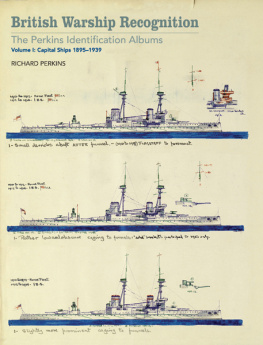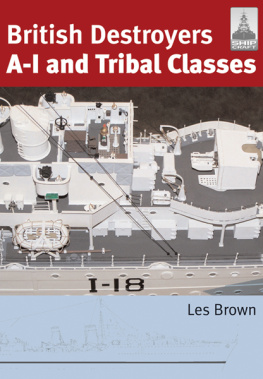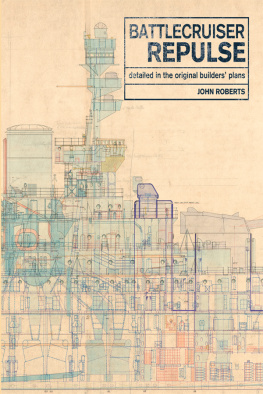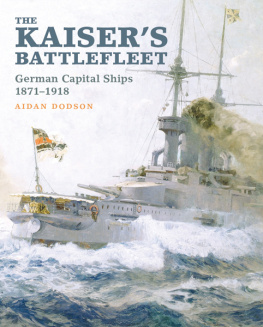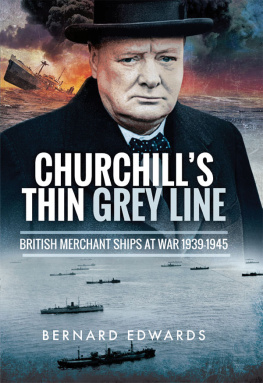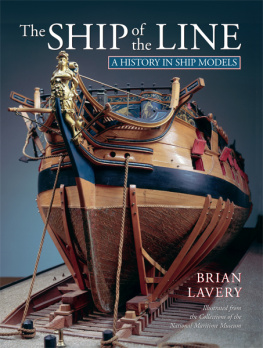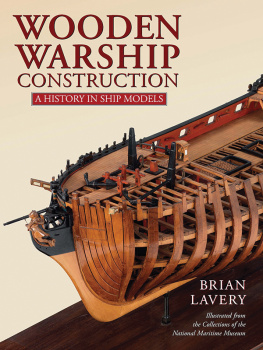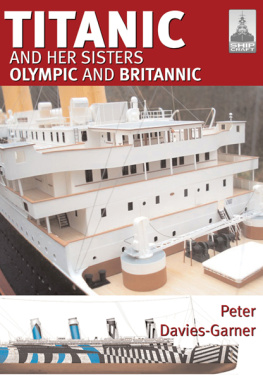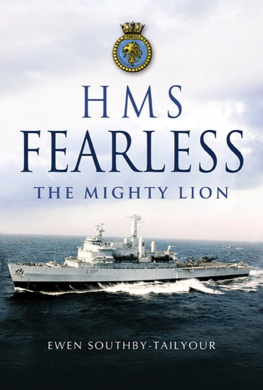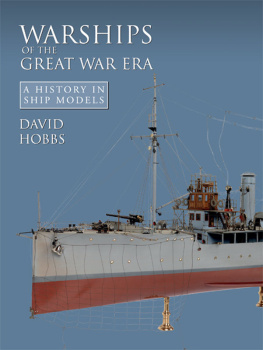
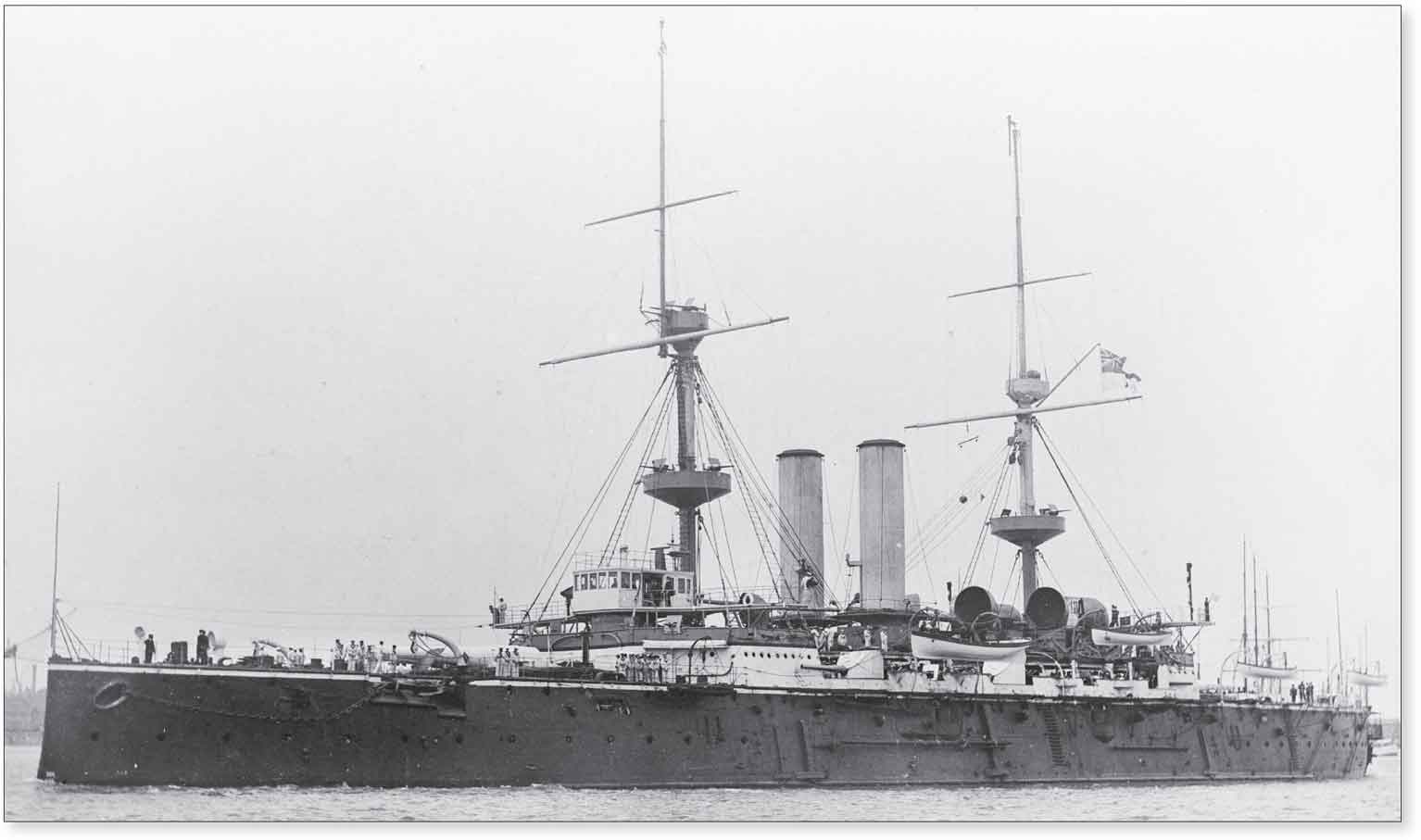
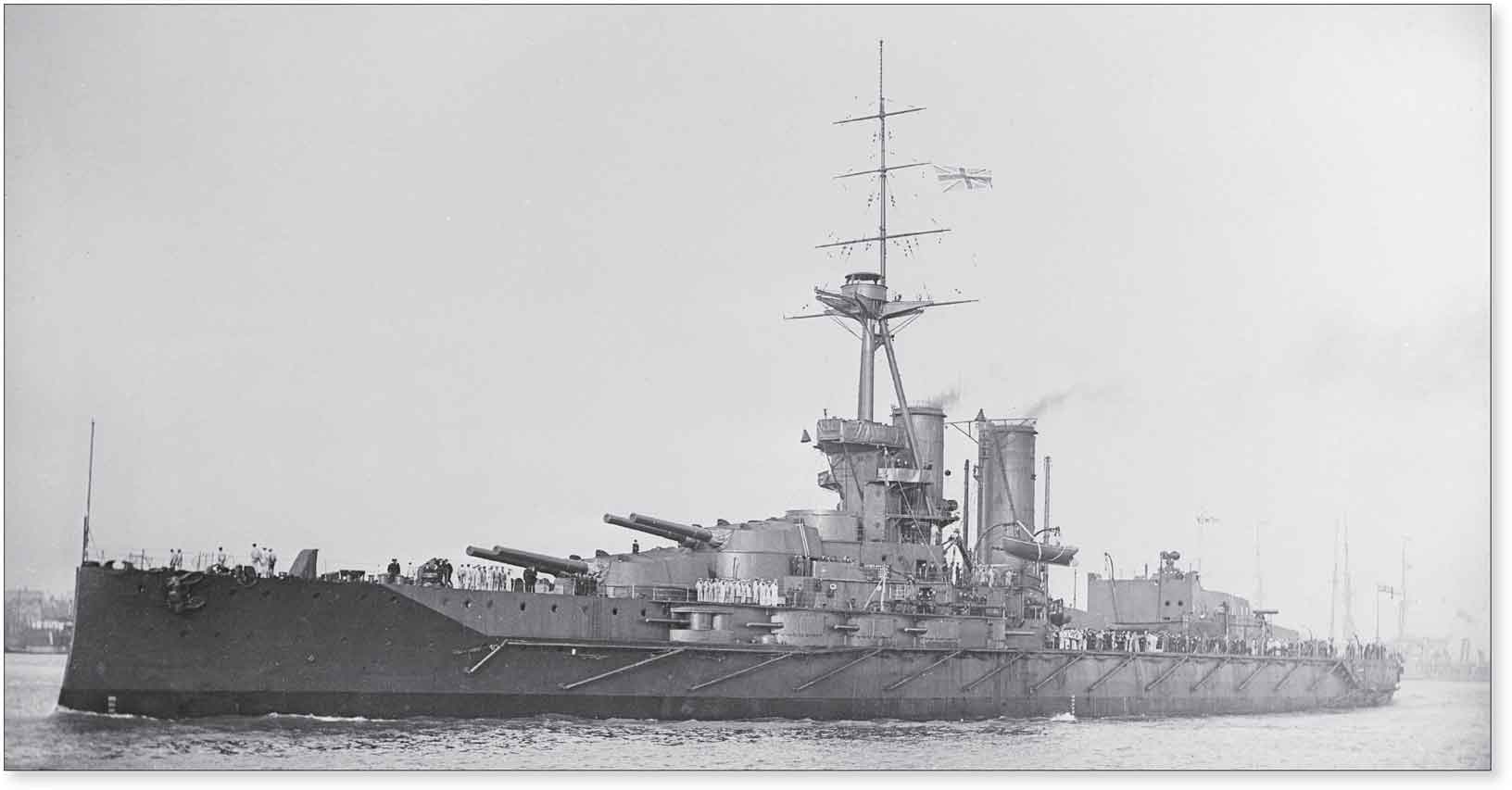

Three generations of British battleships as illustrated by photographs from the Richard Perkins collection: from top to bottom, Royal Sovereign of 1891, Iron Duke of 1912 and Nelson of 1925. ( National Maritime Museum, N00342, N00813 and N00920 respectively)
Copyright 2016 National Maritime Museum, Greenwich, London
First published in Great Britain in 2016 by
Seaforth Publishing,
An imprint of Pen & Sword Books Ltd,
47 Church Street,
Barnsley,
South Yorkshire S70 2AS
www.seaforthpublishing.com
Email:
Published in association with Royal Museums Greenwich, the group name for the National Maritime Museum, Royal Observatory Greenwich, Queens House and Cutty Sark
British Library Cataloguing in Publication Data
A CIP catalogue record for this book is available from the British Library
ISBN: 978 1 84832 382 7
PDF ISBN: 978 1 84832 385 8
EPUB ISBN: 978 1 84832 384 1
PRC ISBN: 978 1 84832 383 4
All rights reserved. No part of this publication may be reproduced or transmitted in any form or by any means, electronic or mechanical, ncluding photocopying, recording, or any information storage and retrieval system, without prior permission in writing of both the copyright owner and the above publisher.
Typeset and designed by Ian Hughes, Mousemat Design Limited
Printed by Printworks Global Ltd, London & Hong Kong
Contents
by Andrew Choong
Introduction to the Richard Perkins Collection
By Andrew Choong, Curator of Historic Photographs and Ships Plans
The Perkins Collection is one of the most important reference collections in the National Maritime Museum and also, curiously, one of the least well-known. It comprises some 11,000 photographic negatives and eight beautifully illustrated recognition albums of Royal Navy ships from 1860 to about 1939. These are the product of a herculean effort by Richard Perkins (d. 1985), who spent years building his formidable collection of photographs, and producing superbly detailed and accurate profile-recognition drawings for his albums.
Apart from some small snippets, very little personal information exists concerning Perkins, not even his date and place of birth and occupation. His address at the time of his correspondence with the Museum confirms that he and his wife lived in the West Country, but there are few facts about his background. However, among those who knew him and his work it is clear he had a formidable and well-established reputation. Describing Perkins in the late 1960s, George Osbon, then-head of the Museums photographic collections wrote: for the past fifty years Richard Perkins has been one of our leading authorities on warship identification, so much so, his judgement is generally accepted as the final word in a case of doubt Unless he is completely certain of the identity of a vessel he would never make a final statement, but his pronouncement that I think it is, invariably turned out to be that he was completely right.
Perkinss ambitious project to document faithfully the appearance and alterations made to so many hundreds of British warships in his albums was tied to his love of naval photography, and his desire to provide himself with a means of easily identifying and dating pictures of warships. A rough idea of the timescale of his work can be gleaned from dates on some of his drawings, the earliest being 1927 and the latest 1946. The information he translated into his albums drew heavily on photographs he took, bought or exchanged, and in turn helped him to identify photographs and assign a time-frame to them. His father had worked as a zoologist and entomologist for the Natural History Museum, and he may have passed on to his son a passion and talent for recording and classifying, which Richard then turned to the acquisition of naval specimens. In 1930 he joined the newly formed Naval Photograph Club, set up with the aim of re-stimulating the popular interest in collecting such pictures, which had waned as a result of the First World War. Perkinss talent as a photographer in his own right, as well as his warship-recognition ability, soon led to his being regarded as one of the Clubs most valuable members.
Unfortunately, the outbreak of the Second World War effectively brought Perkinss work to an end. He continued to labour on some of his drawings during the war years but, understandably, both practical and security limitations curtailed his ability to gather reliable information on warships and to photograph them. Despite being unable to take his albums beyond 1939, there is no denying that Perkins created an invaluable historical resource. It is a tribute to the accuracy and diligence of his work that the albums are still heavily relied on by Museum staff when cataloguing photographic images of warships, and by other students of naval technical history.
How the Museum acquired the Perkins collection is recorded in a series of letters retained on file, but these present only a partial account: the balance of the tale, while probably apocryphal, is also charmingly amusing. It is evident from the correspondence that Perkins moved house fairly frequently and, as his collection of images including a large number of glass plate negatives grew, the logistics of transferring it from one location to another became correspondingly difficult. The story that has been passed down among the curatorial staff is that the gift of the collection to the Museum in 1967 was at the instigation of Mrs Perkins, who did not relish sharing a smaller house with it and put her foot down on the matter. Faced with a choice between his spouse and his lifes work, Perkins made the sensible decision. Along with the negatives and prints came the warship recognition drawings in what he called his Historical Identification Book. The Museum and the public have been the beneficiaries of his generosity ever since.
The Perkins Recognition Albums
The ship illustrations and data in the Perkins albums are an invaluable resource for anyone engaged in vessel identification, or who is interested in tracking the changes that individual ships underwent in the course of their service lives. In a broader sense, they are a beautiful record of the immense technological changes that affected the Royal Navy in the most dramatic eighty years of its history to date. As presented in this edition, the albums are very easy to use. Perkins followed a logical system of organization when compiling them but, given the complexity of the subject matter, some introduction and description of them is necessary.
The present arrangement of the albums into eight volumes is artificial, as the pages were acquired loose and were only bound by the Museum. In general, the volumes conform faithfully to Perkinss original classifications by ship type and his method of organization. There are, however, some peculiarities, a notable example being the binding of the contents listings for volumes 6 and 7 in reverse order at the end of the former volume. This is obviously an instance of human error and will be corrected in the future publication of these volumes.
The contents of the albums are briefly summarized below, following Perkinss system of classification. The groupings of some of the albums have been made to conform to the organization of the original contents lists. The years given in parentheses cover the launch dates of the ships in these categories.
Next page
